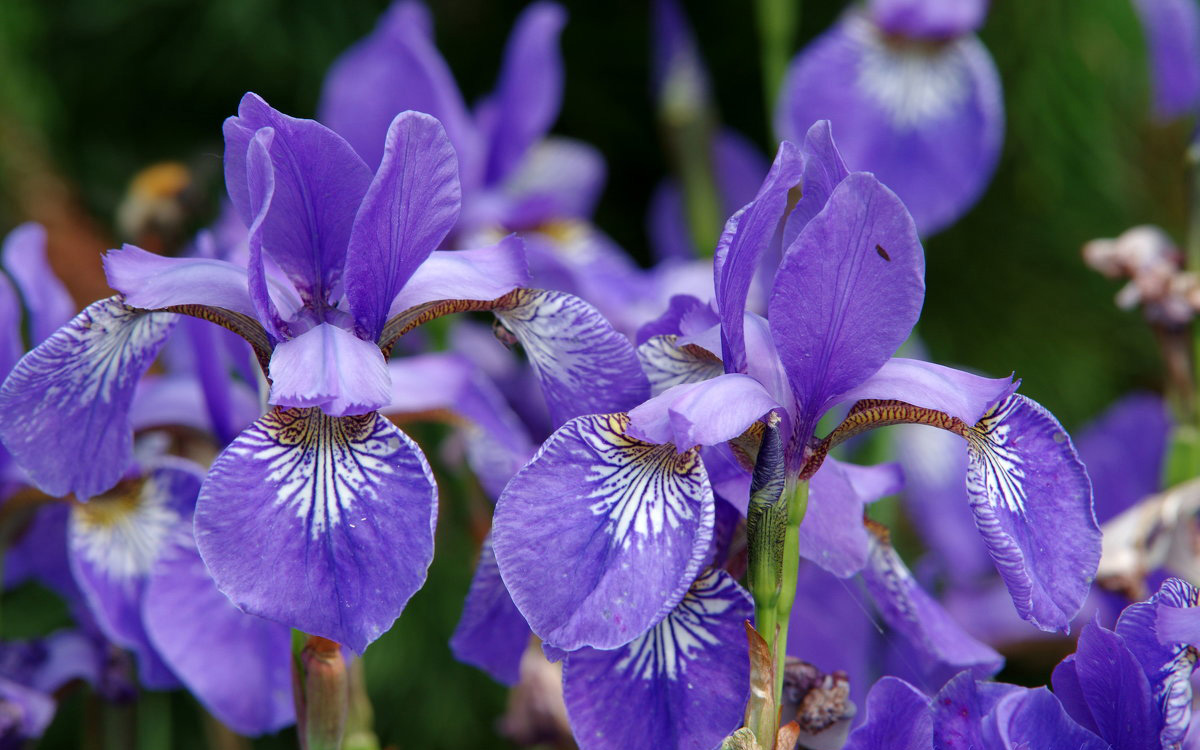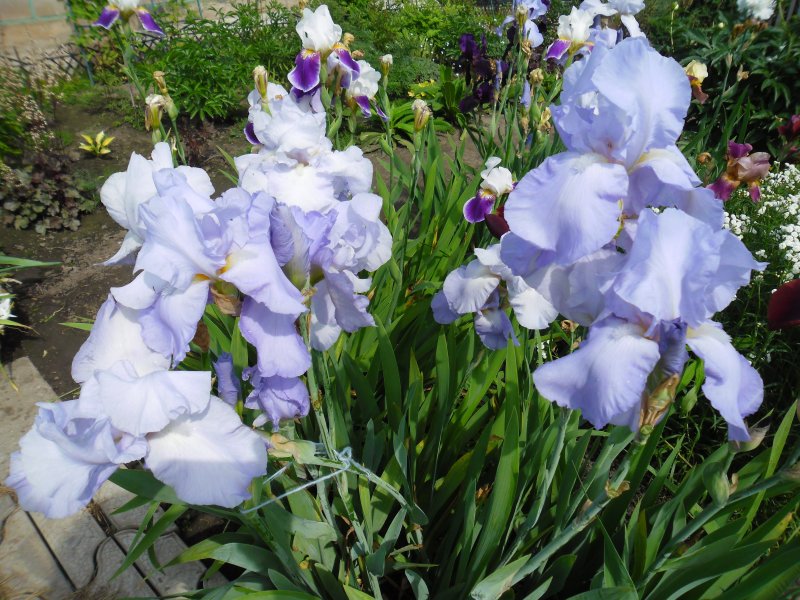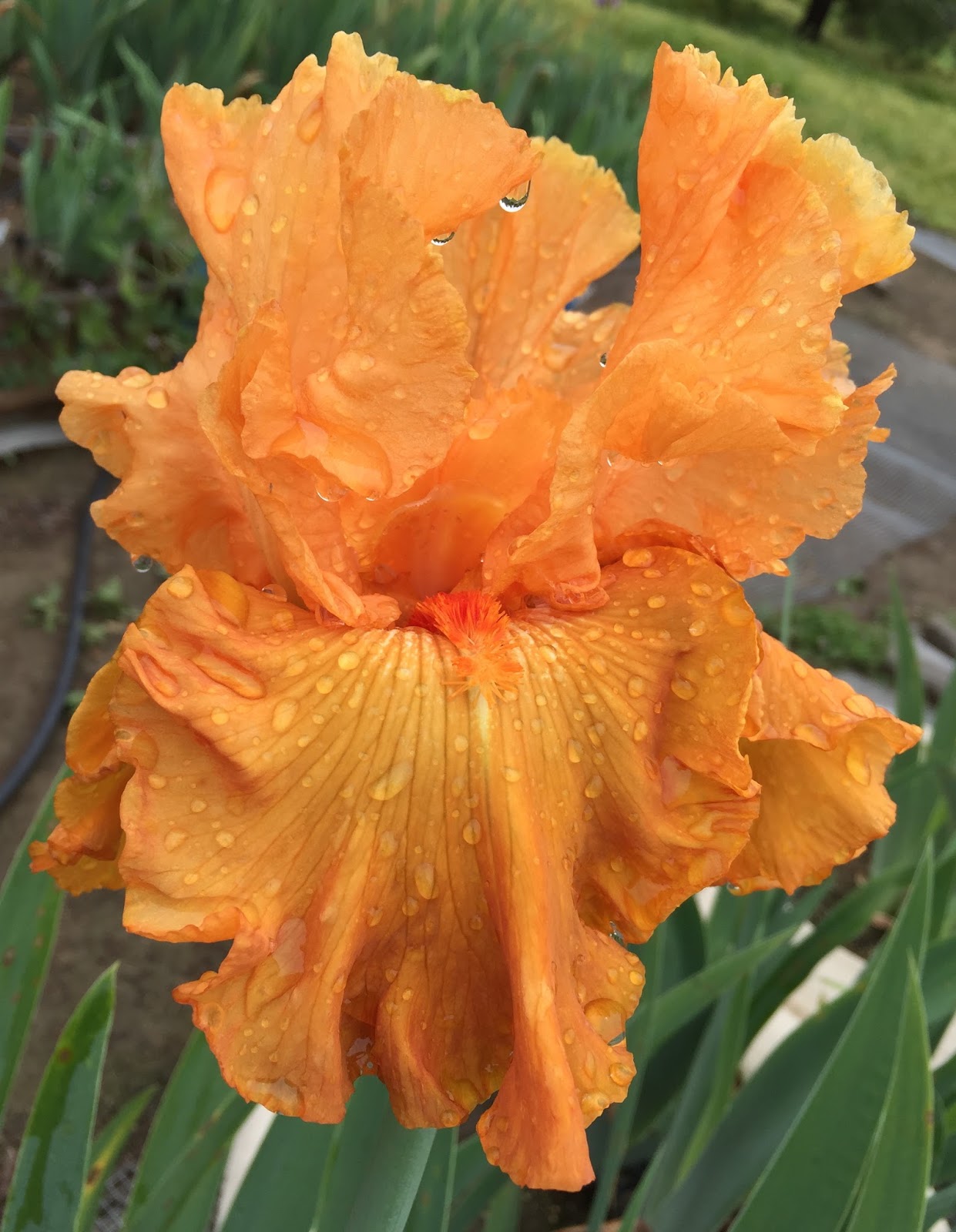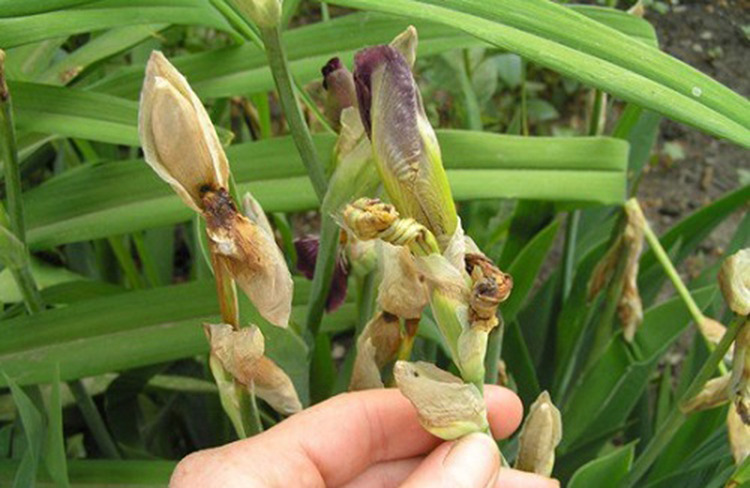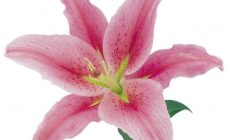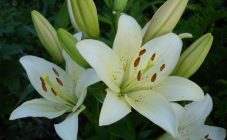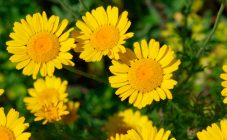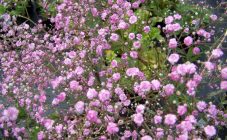Content:
Gardeners breed many different iris hybrids to decorate their plots. These flowers include beneficial varieties used in the production of medicines, food, beverages and cosmetics.
Some information about the culture
Iris germanis is a perennial plant from the Iris family. For the first time, scientists described it in the 19th century. This flower is common in the Mediterranean basin.
It is characterized by the following features:
- petals are painted in dark purple tones;
- gray leaves;
- large bearded flowers on branching shoots.
Breeders have developed a large number of hybrids of this plant. Iris Germanicus is used for decoration of gardens, parks, alleys. Essential oils used in perfumery are obtained from its roots, as well as flavoring additives for confectioners and alcoholic beverages producers.
Doctors use iris for the manufacture of tinctures and ointments that treat skin, respiratory and gynecological diseases. A powder is made from the seeds that stops blood well.
Technical data
Iris Germanicus (also called the violet root) blooms in late May, early June.
The description of the hybrid is as follows:
- The plant has strong roots that branch poorly. They have such a property as creep. This allows the iris to occupy large areas, spread out extensively on the site.
- The stem of the plant is powerful, stands upright. Its height ranges from 0.6-1.1 m.
- Germanicus leaves are xiphoid. They are flat, pointed at the tips. They are green with gray veins. These fan-shaped plates cover the bottom of the hybrid. If there are less than 7 of them, then the buds do not appear.
- Flowers bloom on a bed divided in half. These elements of both sexes cover the entire shoot (no more than 9 copies of them are placed on it).
- Flower preservation - from 4 to 5 days.
- Characteristics of the fruit: it looks like an elongated triangular box with small seeds inside.
Note: the plant belongs to self-pollinated varieties.
Popular hybrids
Farmers breed irises because of their original appearance and color. There are many types of these flowers.
Among them, the following types are popular:
- Iris German Blue sapphire has a height of 0.9 to 1 m. The flowers are large. They are painted in light blue tones. The variety is resistant to diseases and bad climatic conditions.
- The German Iris Frappé rises 0.85-0.9 m. The petals of the hybrid are painted in white and pink tones. The plant likes well-drained soil and sunlit areas.
- Iris Germanic Rosalie Fijd has dark purple flowers. They bloom in late June, early July. The plant stem height ranges from 0.8 to 0.9 m.
- Iris Germanicus Buckwit blooms from May to September. Its height ranges from 0.75-0.9 m. The petals are painted in light yellow tones, and the fouls have brown strokes in the center.
- Iris Immortality can bloom 2 times: in late spring and early summer, and then in autumn. It has white, slightly curled petals. The growth of the hybrid reaches 0.9 cm. Frost-resistant. Can grow in partial shade.
- Iris Pumpkin cheesecake has bicolor buds with white and orange-yellow petals. The height of the plant ranges from 0.4 to 0.8 m. The flowers of the iris Germanicum Pumpkin cheesecake reach a diameter of 12-15 cm, and from 4 to 7 pieces appear on one shoot. The plant must be protected from the wind.The soil for the pumpkin cheesecake of iris is selected light (drainage is required), without signs of organic matter. The hybrid loves well-lit places, but can grow in the shade of trees.
- Iris Marakan magic has petals of pale pink or peach color. They are slightly corrugated. Plant height reaches 0.7-0.9 m. Iris Moroccan magic belongs to the species that have dark purple fouls with a thin peach frill. The hybrid has a rather thick beard.
- Iris Orange shariot has a stem height from 0.7 to 0.9 m. It has an orange flower with corrugated petals. Can withstand light frosts.
- Iris Beverly Sills rises 0.8-1 m. His flowers are of medium size, and they are painted in coral and pink tones. The buds open in early summer.
- Iris Varchif has a height of 0.8 to 0.9 m. Its flowers are burgundy. Their diameter reaches 10-15 cm. The hybrid is planted in mid-spring or autumn.
Features of planting and care
These flowers are hardy enough. They love moisture and sunny places. You can plant hybrids from spring to late autumn. But most gardeners prefer to do this from late summer to mid-October. For this, seeds or a method of dividing bushes are used. The second method is used more often (because of its simplicity and reliability).
For planting plants choose places with light, well-drained soil. It must be well fertilized with superphosphate or organic mixtures (humus).
The soil must be neutral, otherwise the hybrids will not grow. If the acidity is too high, you need to add wood ash to the ground. Before planting flowers, it is recommended to soak the soil in the flower beds with a fungicide.
Iris is planted in a hole 20-30 cm deep. A small mound is poured in its center, a root is laid on it, and then sprinkled with earth. The top of the seedling should rise 5 cm above the ground.
The distance between individual irises should not be less than 0.5-0.6 m. Caring for plants involves watering them, feeding and other activities.
Flowers are irrigated 2 times a week. After that, the land in the flowerbed is loosened. The irises are fed for the first time in the spring. For this, nitrogen mixtures are used. After 2 weeks, phosphorus and potassium fertilizers are added to them. The third time feeding is given to hybrids during flowering.
In the same period, dry peduncles are cut off, and the number of leaves is reduced by 1/3.
Major diseases and pests and control measures
Planting flowers can die under the influence of any disease or as a result of an invasion of garden insects. Therefore, it is recommended to take timely preventive measures to eliminate these dangers.
Iris Germanicus is attacked by the following pests:
- Winter moths, which are destroyed by spraying plants with Karbofos (10% solution) 2 times, with a week break between sessions.
- To combat thrips, an infusion of 0.4 kg of tobacco powder and 50 g of laundry soap is used. These components are dissolved in 10 liters of water, kept for 2 days, and then poured onto the planting.
- May beetle is destroyed with special preparations. To find insect larvae, you have to sift the soil under the flowers.
- Medvedka and slugs are driven away from the hybrids by sprinkling wood ash near the roots. Well destroys pests Metaldehyde in granules.
Diseases of iris Germanicus and ways to eliminate them are as follows:
- Soft root rot is practically not cured. To reduce the danger, seedlings and the soil for them are treated with a solution of potassium permanganate.
- Fusarium is eradicated with special antifungal drugs.
- So that gray rot does not appear on the flowers, preventive measures are required in the form of proper soil selection, drainage, and area illumination.
- Spotting is eliminated by spraying the plantings with preparations containing copper, for example, Bordeaux liquid. This event is held 3 times a season.
- Rust is fought with products containing a lot of zinc or copper. Flowers are processed 2 times with a break of 15 days.
To decorate the garden with any kind of iris Germanicus, you need to provide proper care for the hybrids. It is necessary to follow all the recommendations of specialists and take preventive measures on time.
